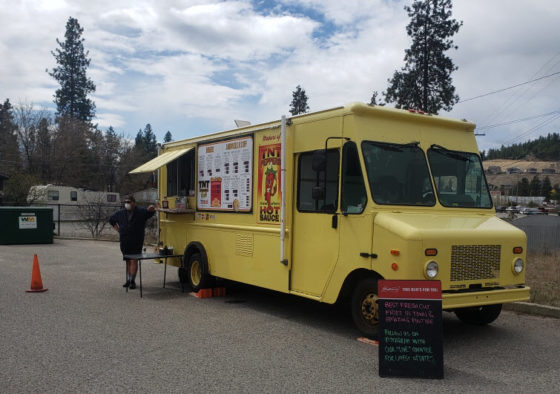New Anti-Harassment and Violence Obligations for Federally Regulated Fleets
Many fleets in our employer community have been following developments surrounding Bill C-65 – a piece of federal legislation that amends the Canada Labour Code by introducing new guidelines on how harassment and violence can be prevented in the workplace, and how to address it if and when it occurs. While Bill C-65 received Royal Assent in 2018, specifics surrounding employer obligations and compliance timelines remained to be confirmed. But as per recent updates, there is now new information surrounding detailed requirements that federally regulated employers will have to meet.
On June 24, 2020, the federal government published the Work Place Harassment and Violence Prevention Regulations. The new framework will apply to the federally regulated private sector as of January 1st, 2021. Transportation companies that provide international and interprovincial services are regulated by the federal government and are therefore subject to these updates.
New rules will thus soon come into effect that will increase employers’ responsibilities in matters of workplace health and safety. The new Regulations set a framework of obligations centered on three elements: the prevention of workplace harassment and violence, the delivery of a timely and effective response to incidents, and the provision of support for affected employees. Based on these three pillars, the new Regulations bring changes in the following main areas:
- Workplace harassment and violence prevention policy
- Employers will be required to make available a workplace harassment and violence prevention policy that aligns with new Regulatory requirements.
- Workplace assessments
- Employers will have to conduct assessments that identify risks of harassment and violence in the workplace and implement preventative measures to protect the workplace from these risks.
- Emergency procedures
- Employers will be required to develop emergency procedures to be followed in situations where an occurrence of harassment and violence poses and immediate danger to the health and safety of an employee(s).
- Training
- Employers will be required to identify and develop harassment and violence training and ensure it is delivered to all members of the organization, including to employers themselves but also to employees, and to the designated recipient of harassment and violence complaints in the workplace. Training will need to align to specific guidelines proposed under the Regulations, and will be delivered once every three years, including in the onboarding of new employees.
- Support measures
- Employers will be required to make information available regarding support services that employees may access should they experience an incident of workplace harassment and violence.
- Resolution process
- Employers will be required to respond to every notification of an occurrence of harassment and violence in their workplace, but also to structure their response around a more detailed web of specific requirements (including prescribed timelines, processes, and procedures).
- Records and reports
- Employers will be required to keep records relating to harassment and violence in their workplace. They will also be required to submit annual reports to the Minister, as well as report on any fatalities that occur as a result of workplace harassment and violence.
It is clear from the above that the new Regulations will require major adjustments to policies, programs, and processes for many employers. Given new requirements, it is important for both employers and employees to understand the nature of these changes and how it will impact them and their workplace.
Trucking HR Canada is committed to providing trucking sector-specific resources to support the needs of the industry in adapting to these new changes. Central amongst these tools will be a bilingual suite of online and in-person training modules for employers, employees, and designated recipients of workplace harassment and violence complaints. Pamphlets that clarify employer and employee rights and obligations will also be made available, in addition to other forthcoming resources centered on best practices in workplace anti-harassment and violence. These supports will be made available in time for the January 2021 entry into force of the Regulations – follow our website and social media channels to find out more.
Source: https://truckinghr.com/new-anti-harassment-and-violence-obligations-for-federally-regulated-fleets/
For more safety news, sign up for our weekly newsletter!
